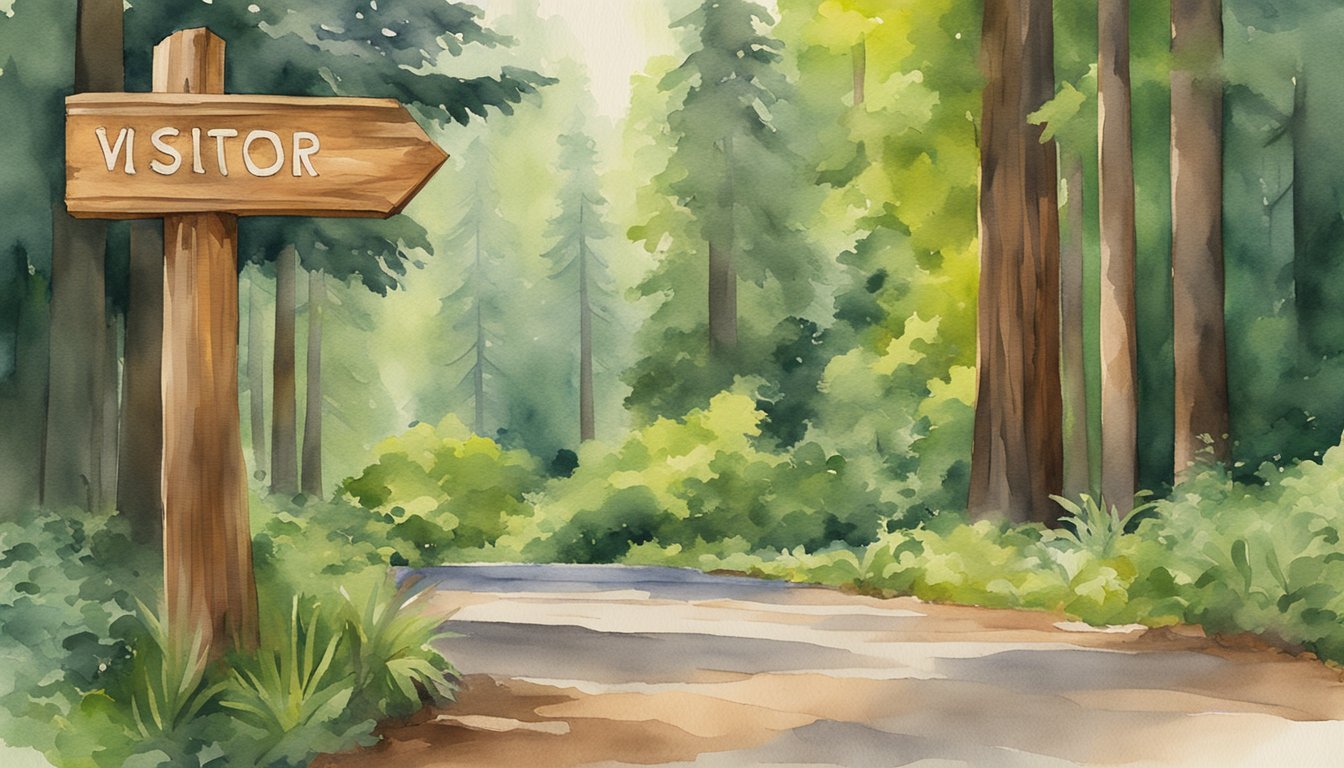Exploring Redwood National Park
Majestic Redwoods and Forests
Redwood National and State Parks, located in California, are home to the tallest trees in the world. Established in 1968, the parks consist of four units: Jedediah Smith Redwoods State Park, Del Norte Coast Redwoods State Park, Prairie Creek Redwoods State Park, and Redwood National Park, which collectively form a World Heritage Site. The stunning coast redwoods (Sequoia sempervirens) can grow up to 379 feet tall, making them the tallest trees on Earth.
Visitors can explore the breathtaking redwood forests by following an extensive network of trails that run through the parks. Towering old-growth coast redwoods can be seen along scenic drives and by walking through all four parks, such as in Lady Bird Johnson Grove.
Diverse Ecosystems and Wildlife
The parks boast diverse ecosystems that support a rich array of wildlife, including Roosevelt elk and gray whales. The coastal region offers magnificent tide pools and opportunities for whale watching. The parks are also home to stunning prairies, oak woodlands, and wild rivers that provide habitats to various plant and animal species, showcasing nature’s wonders.
Recreational Activities for Visitors
Recreational activities within the parks include hiking, camping, biking, horseback riding, and scenic drives along the Redwood Highway (Highway 101) and Highway 1. Visitors can choose from four main campgrounds: Jedediah Smith Campground, Mill Creek Campground, Elk Prairie Campground, and Gold Bluffs Beach Campground, each offering unique experiences.
Conservation Efforts and History
The Redwood National and State Parks were formed through the cooperative efforts of the National Park Service and California State Parks to protect the endangered coast redwoods. Logging in the past has led to the loss of 96% of the old-growth redwood forests, prompting organizations like the Save the Redwoods League to engage in restoration projects and protect remaining old-growth redwoods. The rich cultural history of the area can be traced back to the indigenous tribes such as the Yurok and Tolowa, who inhabited the region before the arrival of Europeans settlers.
Visitors to Redwood National and State Parks have the opportunity to appreciate the majesty and beauty of the ancient redwood forests, while also learning about the vast ecosystems and important conservation efforts that protect these magnificent trees and the diverse wildlife that calls the parks home.
Visitor Information and Amenities

Park Accessibility and Routes
Redwood National Park, located in California, is home to the tallest trees on Earth and protects a vast prairie, oak woodlands, wild rivers, and a 40-mile stretch of rugged coastline. To access the park, visitors can take the scenic Highway 101 that runs through the park and offers easy entry points to the various attractions.
There are a wide range of trails for walking and hiking suited for all levels of fitness and experience. Horseback riding is also available in designated areas of the park. The renowned Fern Canyon can be found deep within the park, offering visitors a unique hiking experience. Popular scenic drives include the Coastal Trail, famous for its views of both the forest and the ocean.
Accommodations and Camping
For overnight stays, Redwood National Park offers a variety of campgrounds to suit different preferences. Jedediah Smith Campground and Mill Creek Campground are nestled within the redwood forests while Elk Prairie Campground and Gold Bluffs Beach Campground provide a more immersive oceanic experience. The nearby cities of Arcata and Eureka also offer hotel accommodations for those who prefer to stay outside the park.
Campgrounds tend to be busiest during the summer months, so it is advised to make reservations well in advance. Note that some campgrounds may have seasonal closures, so it’s essential to check the park website or call the Kuchel Visitor Center for the latest updates.
Educational Programs and Visitor Services
The National Park Service and California State Parks work together to manage and provide a range of educational programs for visitors of all ages. These programs aim to educate and inspire guests about the unique ecosystem and the cultural history of the area. Tolowa, one of the native tribes in the region, has an especially rich history and connection to the park’s landscape.
Visitors can take advantage of ranger-led walks, campfire programs, and junior ranger activities, especially during the busier summer months. Before setting out on the trails, it is recommended to stop by one of the visitor centers for guidance and park information. The Kuchel Visitor Center, for example, offers exhibits, a bookstore, and knowledgeable park rangers to answer any questions you may have.
While the park is known for its forests and coastline, many visitors also enjoy catching glimpses of the majestic Roosevelt elk within the park. Additionally, with miles of beaches to explore, there are plenty of opportunities to find solitude and tranquility during your visit to Redwood National Park.

